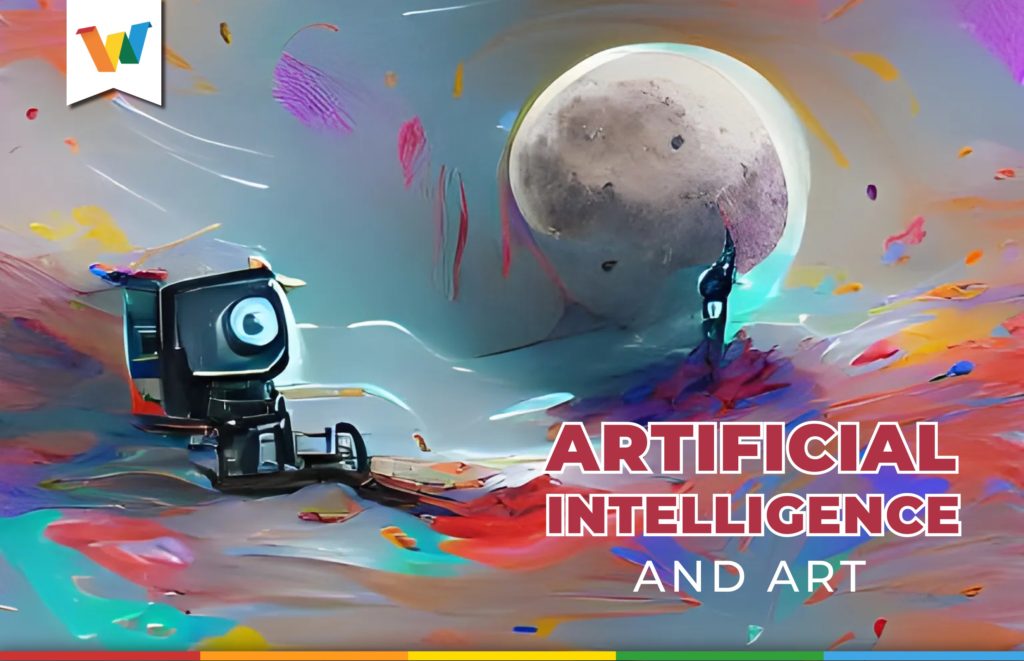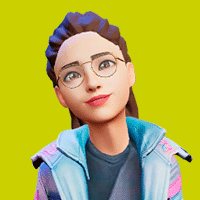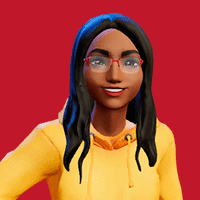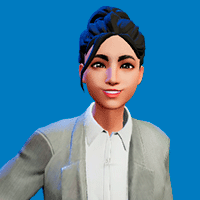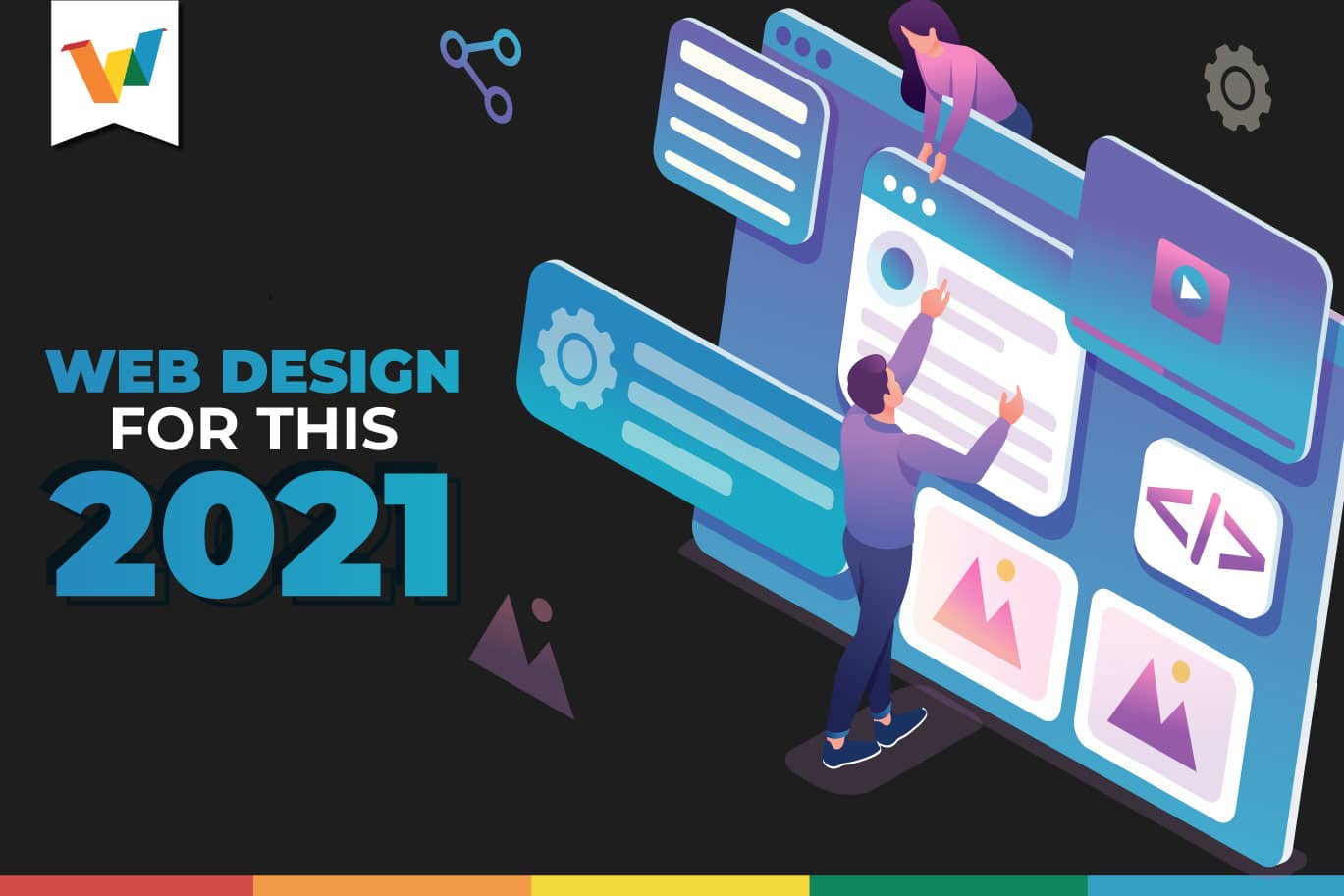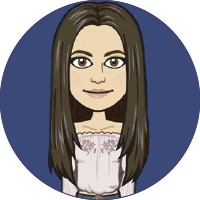“Some people call this artificial intelligence, but the reality is this technology will enhance us. So instead of artificial intelligence, I think we’ll augment our intelligence.”
—Ginni Rometty
There are many varied and conflicting opinions on this subject.
There are different versions of AI or algorithm-based image creation. You can feed this algorithm with different images, and it will create a completely new composition from it or simply type in a phrase or concept that will throw up various image options depending on what has been required.
Some of the results of using this tool are good so it is difficult to think that there was not the intervention of a professional with years of experience and studies in the art to elaborate it. And that is exactly what may worry more than one person, thinking that these IAs will not be far from reducing job opportunities for illustrators, artists, or designers.
Should we be worried?
The DALL-E phenomenon
If in the last few weeks you have logged on to social networks, especially Twitter, you have surely come across publications in which people share their experience testing this new artificial intelligence, with results that are curious and amusing, to say the least.


We also join these tests
The Openai website lists some of the capabilities possessed by this neural network:
- Modify the attributes of an object
- Drawing several objects
- Visualization of perspective and three-dimensionality
- Visualizing the internal and external structure of an element
- Inferring contextual details
- Fashion and interior design
- Combining unrelated elements
- Illustrations of animals
- Geographical knowledge
- Temporal knowledge
Dall-E may be the most famous, but it is not the only network of its kind there is another web platform that you can try for free called Night Café Studio. It is quite similar in concept, and although we strongly encourage you to try its features, we warn from WBI that it can be somewhat addictive.
The use of these platforms is undoubtedly very interesting and fun, but there are present concerns to analyze in depth.
How do these AIs recreate the style of a particular artist? Is there any kind of artistic understanding or is it a simple aesthetic imitation?
If the image is the result of the algorithm’s use of other copyrighted images, do the rights belong to you, or do they belong to the individual or company that owns the original image?
If the tool can come up with 50 images, but none of them are good enough or accurate enough, you will still need to hire someone who knows what to do with them.
The future that could probably derive from these new tools would be closer to individual employers or companies making use of this artificial intelligence to generate “thumbnails” or reference images for real artists to use as a starting point and improve upon.
This could be an excellent tool to solve communication problems between artists and their clients, by not forcing the former to try to guess what exactly the client is looking for without the need to create dozens or even hundreds of sketches but to automate the conceptualization by giving the platform the client’s briefing and starting from the results it produces.
But what happens if my client prefers to “save” the cost of the art production and prefers to keep only the image generated by the AI?
The artist, as well as the client, will be able to enjoy the benefits of these new technologies. However, the latter should not forget or underestimate the human value that a true professional can add to each piece. Conceptualization, appreciation of detail, and knowledge applied to art are factors of great importance that you, and not AI, can offer. Educate your client with this information and, if he still intends to “replace” you with AI, then it’s probably not in your best interest to work with him again anyway.
While artificial intelligence need not pose a real threat to professionals, it is also important to remember that it is up to us to keep ourselves relevant. Only by constantly learning, practicing, honing our skills, and treating our clients well can we secure our place in the industry.
